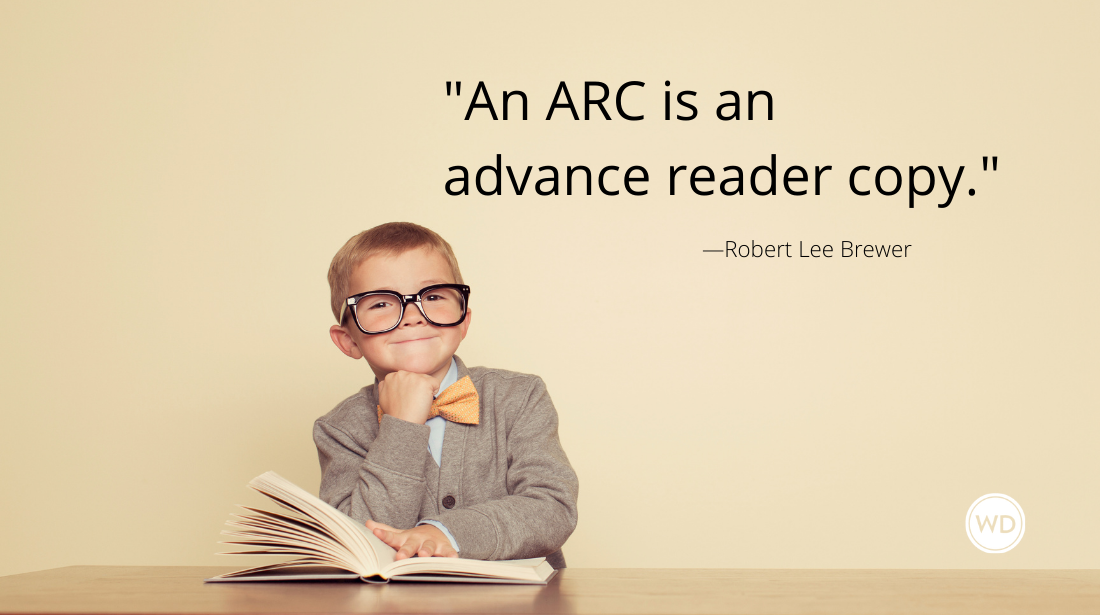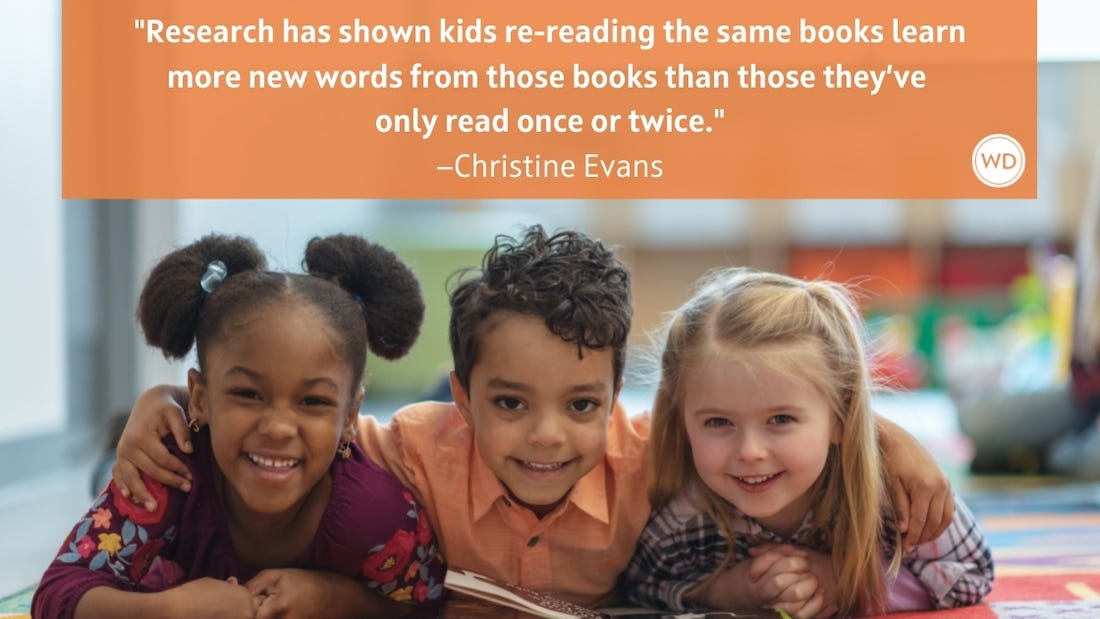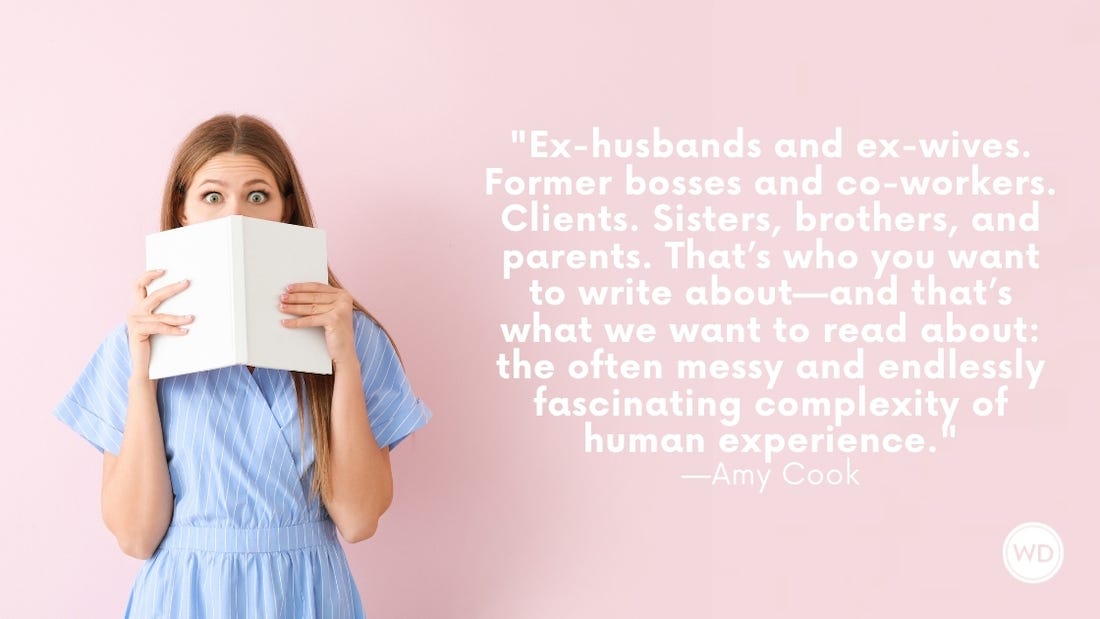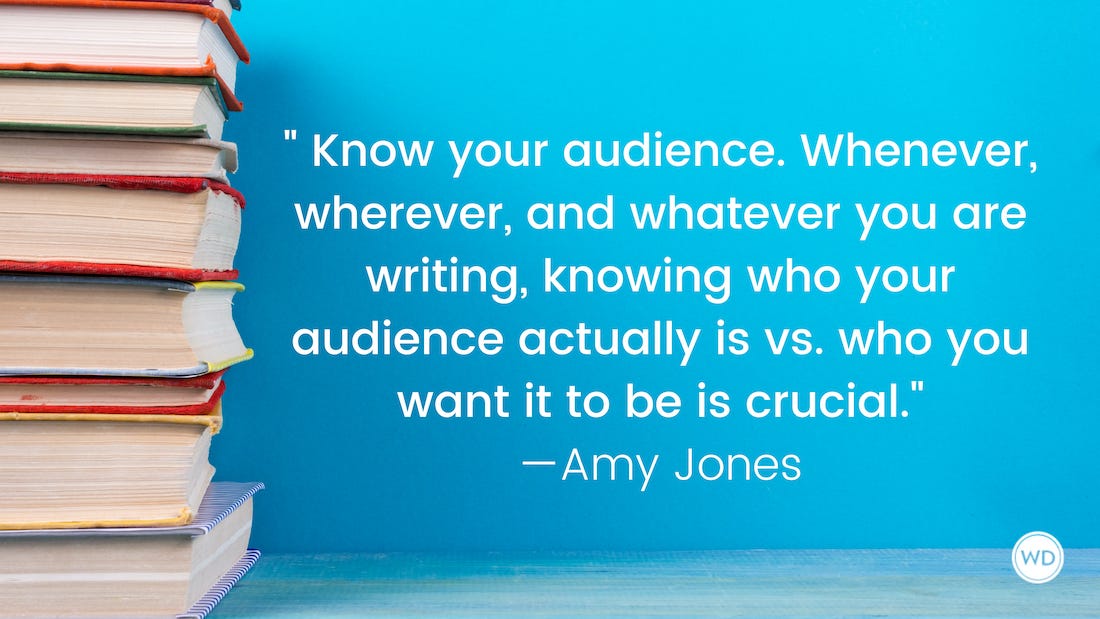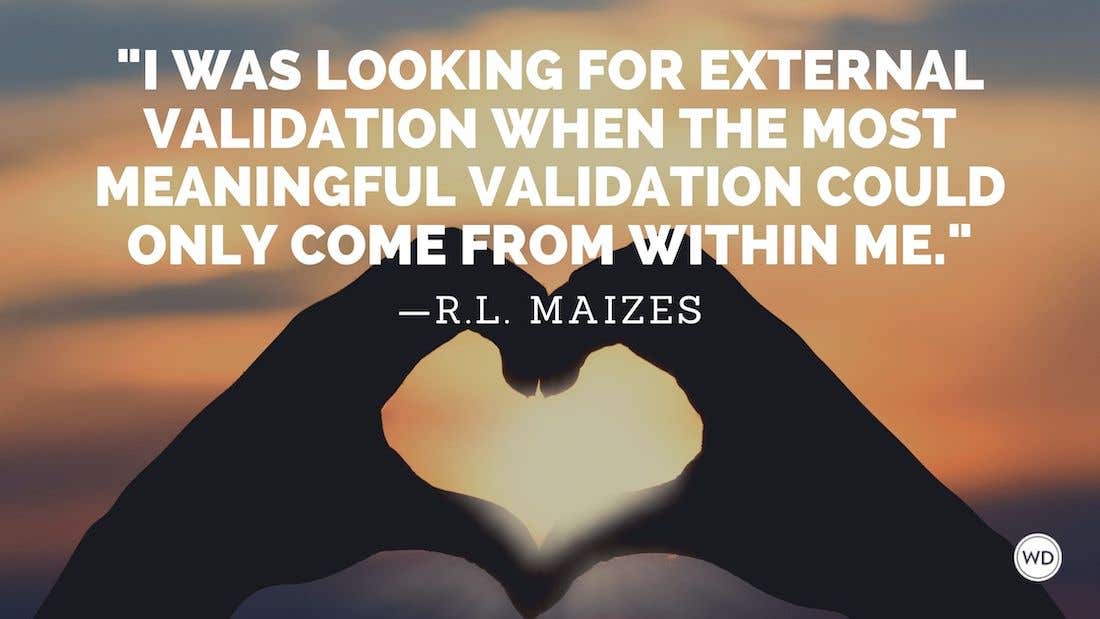The Problem with Sensitivity Readers Isn’t What You Think It Is
What are sensitivity readers and what do they do for writers? As major media outlets raise the question of whether sensitivity readers represent censorship, Anna Hecker offers her experience working with one.
Sensitivity readers are a sensitive topic. As a vocal core within the YA-lit community heralds them as a potential solution to more thoughtful and authentic representations of diversity, watchdogs wring their hands over an imagined future in which tweets have the power to ban books, controversial language is outlawed, and authors can only write about characters who look like them. The debate has reached a fever pitch—not only in social media and trade publications, but also in mainstream media including the Washington Post and the New York Times, which bluntly asks if sensitivity readers result in better books or censorship.
I wondered the same thing as I sent my debut YA novel (which features a mixed-race protagonist) to a trio of sensitivity readers. My understanding of what they would actually do was vague at best. Alexandra Alter, in the Times, describes sensitivity readers as “specializing in the fraught and subjective realm of guarding against potentially offensive portrayals of minority groups.” Francine Prose, in her anti-sensitivity polemic in the Washington Post, claims they: “comb a manuscript for problems and mistakes ranging from thoughtlessness to ignorance to blatant racism.”
These descriptions, like the name “sensitivity reader” itself, paint the role as both passive and reactive. Where an editor generally takes an active role, shaping a manuscript with questions and suggestions, one would imagine a “reader” as sitting back and letting the book happen to them, doing little more than doodling frown-y faces in the margins at the slightest whiff of offense.
[Related | Living for All It’s Worth: The Novels of Neuroscientist Lisa Genova Explore Love and Empathy]
“Sensitivity,” meanwhile, is a loaded word if there ever was one. It suggests thin skins and easily bruised emotions—a potentially dangerous combination if one perceives these readers as the gatekeepers to publication (which, it should be pointed out, they are generally not).
No wonder the censorship watchdogs are wringing their hands. The term “sensitivity reader” may be triggering to the very people who loathe the term “triggering.”
Ms. Alter from the New York Times might be surprised to learn that, rather than censoring my book, my sensitivity readers made it objectively better. By pointing out places where I’d unwittingly succumbed to stereotypes, they helped me create richer, more nuanced characters.
Without red-lining specific words, they suggested new terms and topics I could research to make the details of my characters’ lives more authentic. Perhaps best of all, they opened up my eyes to my own ingrained bias in how I perceive and describe people of all races.
While some may consider their role “fraught and subjective,” I think we can all agree that multidimensional characters, fresh perspectives, and detailed, believable world-building all make for better books. They certainly did with mine—and with many others.
“My sensitivity reader caught things I’d never even considered and that were definitely not in the realm of things I’d thought she would look at,” says Caryn Lix, whose debut YA sci-fi novel SANCTUARY is coming out in July 2018. “Every eye on your book reveals a new perspective, and sensitivity readers bring something particularly important to that mix.”
“I knew the moment I read my first feedback letter from my first sensitivity reader that I’d struck gold,” agrees Rebecca Shaeffer, whose debut teen fantasy series NOT EVEN BONES was purchased by HMH for six figures. “When you’re dealing with a contemporary fantasy it’s easy to draw parallels between fantasy creatures and real-world minorities or political issues, whether they’re intended or not. She helped with how I presented and dealt with the intersection between social issues of this fantasy world and social issues of the real world.”
As readers and writers, we all understand that words matter. Names matter. What we call things matters. And the term “sensitivity reader” is not only loaded, but also inaccurate. Like the very thing it seeks to eradicate, it’s a problem of misrepresentation. Sensitivity readers don’t just skim manuscripts waiting to get offended. They are an active part of the editing process, making books sharper, deeper, and more perceptive than they were before.
So let’s call “sensitivity readers” what they are: diversity editors. Let’s stop associating them with censorship and instead celebrate their role in the editorial process. Let’s afford them the same dignity as copy-editors, fact-checkers, and proofreaders. Let’s normalize their role in publishing.
I think we all dream of a future in which authors no longer rely on stereotypes or write with harmful biases—ever. At that point we won’t need diversity editors anymore, and can safely retire this debate. But I don’t believe anyone suffers under the delusion that this future has arrived. We’ve made great strides in the past decades, but the slog toward true equality is real, and long, and full of bumps (some of which manifest as the vocal and fevered debates about representation in YA literature).
Until we get there, diversity editors are here to help.
Online Workshop: Breaking Into Copywriting
Anna Hecker writes young adult novels and advertising copy, and once ran the Twitter account for the M&M'S character Ms. Green. She lives with her husband, son, and fluffy bundle of glamour Cat Benetar in Brooklyn, New York. Her young adult novel, When the Beat Drops, will be published in May 2018 by Sky Pony Press.




